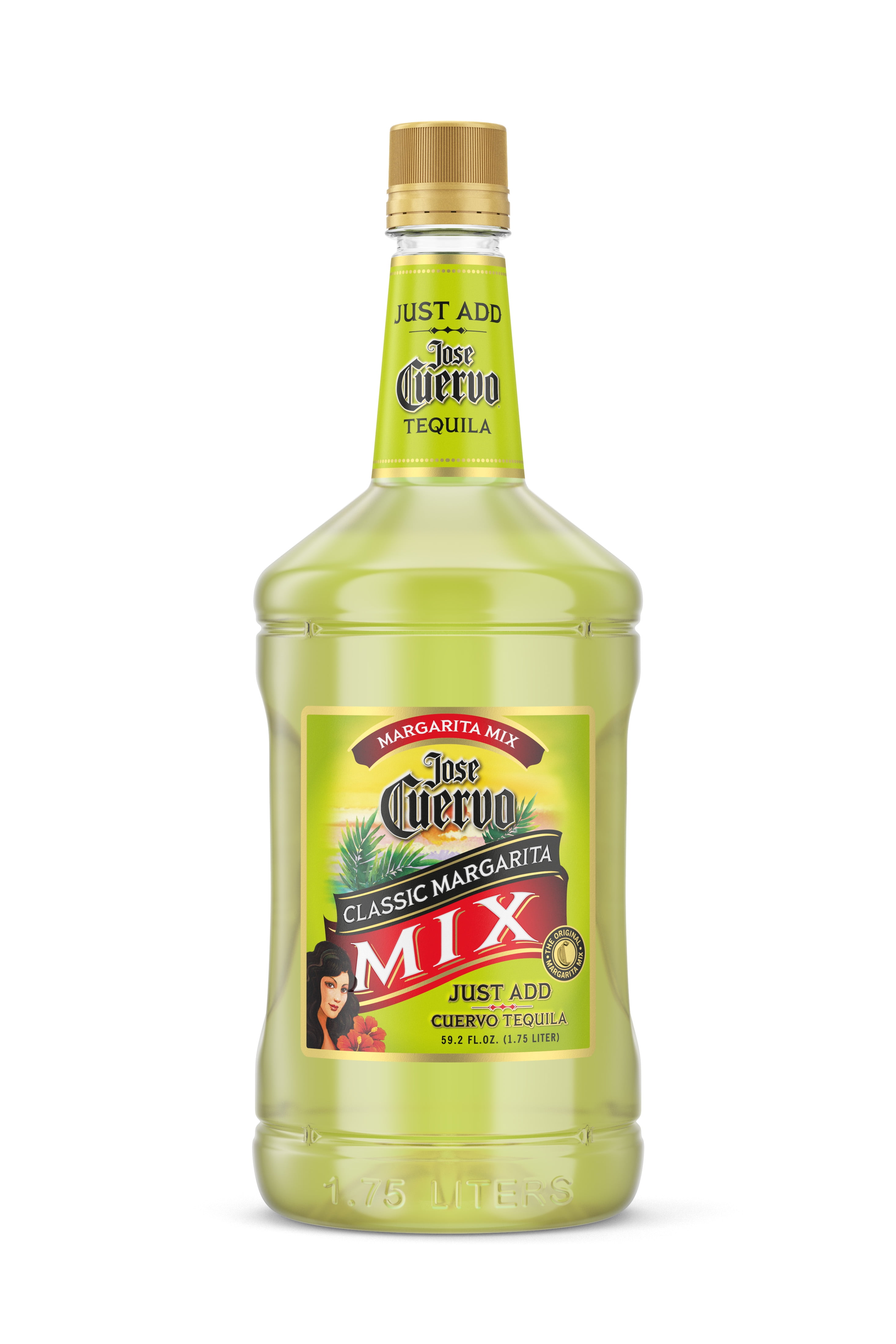

All Jose Cuervo tequila continues to be made in the town of Tequila in the state of Jalisco in Mexico. In order for a spirit to be called tequila, it must come from the blue agave plant, a species found only in Jalisco and four nearby regions in central Mexico. The company shipped its first export of three bottles across the border in 1873. The damajuanas were later replaced with individual bottles, making it easier to transport the tequila across the border to America. He was the first to package the tequila into damajuanas (rope-encased jugs), where previously they had been stored only in wooden barrels. After the death of Don Vincente, Jesús Flores (owner of the distillery now known as La Constancia) took over management of La Rojeña. After Ana González Rubio married José Cuervo Labastida in 1900, he renamed the distillery La Rojeña, and was the first to call the tequila produced there Jose Cuervo.

It is the oldest active distillery in Latin America. The distillery was officially founded in 1812. Jose Cuervo is produced at the La Rojeña distillery in the state of Jalisco in Mexico.

Workers load agave hearts into ovens at the José Cuervo Distillery in Tequila, Mexico. In a deal first announced in March 2013, Proximo Spirits, a company owned by the Beckmann family, took over Jose Cuervo's distribution beginning in July 2013. After it was unable to acquire the brand, Diageo announced in December 2012 that it would end the US distribution deal. Starting in 2011, Diageo, the world's largest liquor maker, was in talks to acquire Jose Cuervo from the Beckmann family for in excess of $3 billion. In 1997, Grand Metropolitan merged with Guinness plc to become Diageo which would be Jose Cuervo's main distributor outside of Mexico until 2013. In 1989, the Beckmann family sold 45% of Jose Cuervo to International Distillers and Vintners (IDV), a division of Grand Metropolitan PLC. The fastest-growing segment has been super-premium blue agave spirits. According to the Distilled Spirits Council of the United States, the US demand for tequila has risen over the years, with 12 million cases shipped to the US in 2012, a 54% increase as compared to a decade earlier. Then, in the 1980s, more American tourists visited Mexico, discovering tequila. Tequila made further advances in the US during World War II, when many US distilleries switched to war-related production and there were restrictions on European imports. Tequila first made significant inroads into the United States during the Prohibition era, when it was smuggled from Mexico into southwestern US states. Recent history Īlong with Sauza, Cuervo began to dominate the tequila industry in the 1940s. Part of Cuervo was owned by Distribuidora Bega, and, starting in 1979, the other part was owned by Grupo Cuervo, made up of Beckmann, his son Juan Beckmann Vidal, José Luis Campos, and Heublein Inc. One of her sons, Juan Beckmann Gallardo, would manage the business. After Ana Gonzélez Rubio's death in 1934, the estate was left to her niece Guadalupe Gallardo, who died in 1966 and left the estate to her sister, Virginia Gallardo. From then on, the brand became Jose Cuervo Tequila. Upon the death of Don Jesús, his wife, Ana González Rubio, inherited La Rojeña and in 1900 married José Cuervo Labastida, head of La Constancia. Cuervo's first bottled tequila was sold in 1906. Tequila was known as "mezcal de tequila" until 1893, when tequila makers and the Mexican government dropped " mezcal" from the name. Cuervo was the first distiller to bottle tequila, at a time when other distillers were still using barrels. īy 1880, the Cuervo family had begun individually bottling tequila for commercial distribution. This was the birth of the tequila industry. The first Vino Mezcal de Tequila de Jose Cuervo was made in 1795, after Don José Antonio de Cuervo's son José María Guadalupe de Cuervo was granted a permit from King Carlos IV of Spain to produce tequila commercially, following a time of prohibition under King Carlos III. Here his family founded the Taberna de Cuervo, the farm where they would cultivate and harvest the flowering blue agave plant, a water-retaining plant found in central Mexico that is distilled to create tequila. In 1758, Don José Antonio de Cuervo was issued a land grant by King Ferdinand VI of Spain in the town of Tequila, Jalisco.


 0 kommentar(er)
0 kommentar(er)
